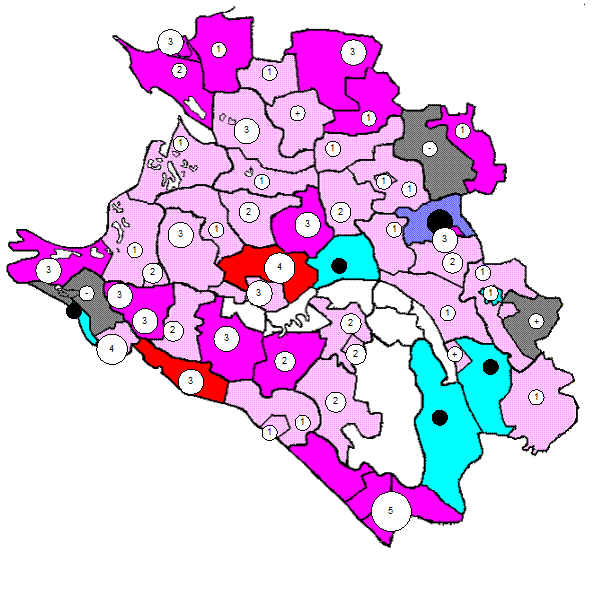The problem of analytical cases in Modern English
This theory was worked out by two scholars: M. Deutschbein and J. Meshchaninov. According to this theory different prepositions express different cases. “to the student” – analytical Dative, “of the student” – analytical Genitive, “by the student” – analytical Instrumental. But this theory is opposed by much bigger number of scholars who have their reasons why it is not grounded: 1. Prepositions in these phrases can’t be regarded as grammatical word morphemes because they keep some definite meaning. (Ex. We speak of the student; The speech of the student; What became of the student? 2. Any grammatical category is known to be represented by oppositions, comprising a definite number of members. But combination with different prepositions are too numerous to be interpreted as opposemes representing the category of case (Ex. to dispose of –; to complain of; to be informed of 3. Prepositional constructions can be used side by side with synthetic (regular) cases: a friend of John’s (means one of John’s friends). This phrase should have displayed double genitive which would be some kind of reality, if we accepted the theory of analytical cases.
14. The peculiarities of the “–‘s” morpheme The case morpheme –‘s in the English language differs in some respects from other grammatical morphemes in English and from case morphemes of other languages. As emphasized by Ilyish “-‘s” is no longer a case inflexion in the classical sense of the word because unlike classical inflexions it may be attached – firstly – not only to the nouns but to other parts of speech – substantivized adverbs because it behaves like noun. today’s, yesterday’s Secondly, It can be attached not to a single noun but to a whole group (Ex. Mary and John’s house) Thirdly, it can also be attached to the whole clause (Ex. The man I saw yesterday’s son) Besides these, there are some other peculiarities: 1) the use of “-‘s” is optional: her brother’s bicycle=the bicycle of her brother; 2) “-‘s” may be used both in the singular and in the plural. Such phenomenon is not characteristic to other languages. 3) “-‘s” occurs in very few plurals, namely those with irregular formation of the plural form. Ox – oxen -> oxen’s feed, ox’s feed. 4) “-‘s” doesn’t make an inseparable part of the structure of the word. It may be placed at some distance from the head noun of an attribute group. Ex. deputy minister’s office All those peculiarities testify that the system of case is still undergoing changes.
|




